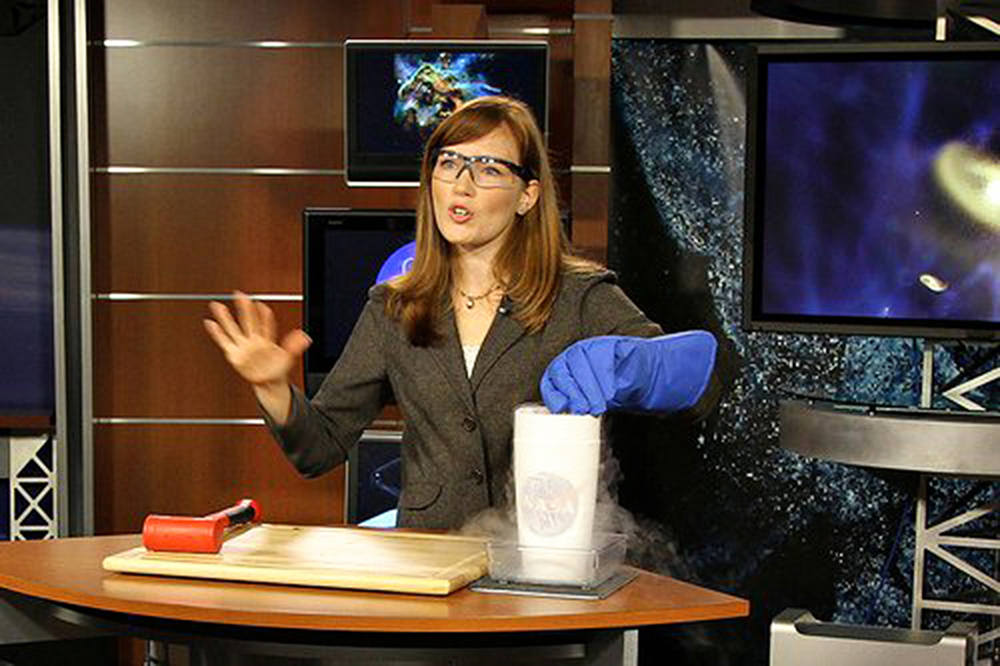
NASA in the News
NASA’s Nuclear Spectroscopic Telescope Array, or NuSTAR, caught the glow of two black holes lurking inside spiral galaxy IC342, which lies 7 million light-years away in the constellation Camelopardalis (the Giraffe). Previous observations of this galaxy from the Chandra X-ray Observatory revealed the presence of these black holes, called ultraluminous X-ray sources (ULXs).
How ULXs can shine so brilliantly is an ongoing mystery in astronomy. “High-energy X-rays hold a key to unlocking the mystery surrounding these objects,” said Fiona Harrison, NuSTAR principal investigator. “Whether they are massive black holes, or there is new physics in how they feed, the answer is going to be fascinating.”
International Space Apps Challenge 2013
After a successful event in 2012 that resulted in dozens of innovative solutions, the International Space Apps Challenge is gearing up for its second event April 20–21, 2013. The International Space Apps Challenge is a two-day technology development event during which citizens from around the world work together to address current challenges relevant to both space exploration and social need. To learn more about the event, and register to participate, visit spaceappschallenge.org.
This Year @ NASA: 2012
NASA takes a look back on the many accomplishments of 2012 in an interactive feature showcasing images, articles, and video from the year. Experience again the “seven minutes of terror” when the Curiosity rover landed on Mars, the Space Shuttle’s retirement, advancements in commercial space partnerships, new scientific discoveries, and more at www.nasa.gov/externalflash/YIR12. Also watch as those behind these achievements reflect on them and what it took to succeed: www.nasa.gov/multimedia/videogallery/index.html?media_id=157200021.
For More on Our Stories
Additional information pertaining to articles featured in this issue can be found by visiting the following web sites:
Feedback
We welcome your comments on what you’ve read in this issue of ASK and your suggestions for articles you would like to see in future issues. Share your thoughts with us.









